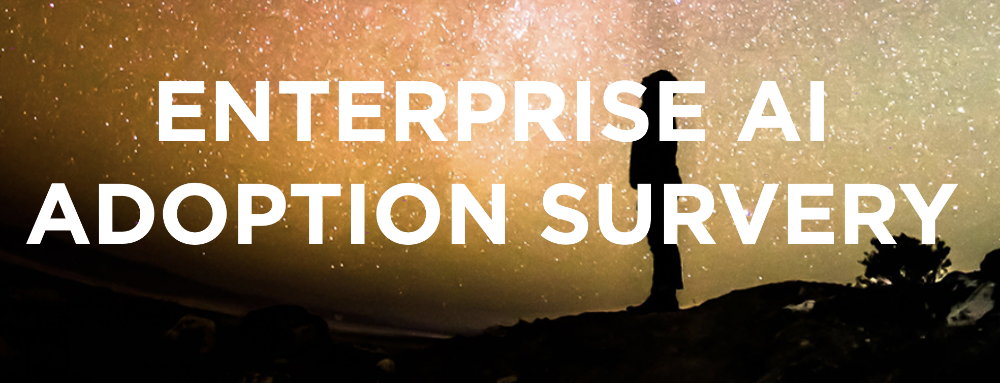The new American dream is the ability to be your own boss, with the freedom to work whenever and wherever you want, according to a new survey conducted by The Harris Poll on behalf of TD Ameritrade.
Six in 10 Americans (60%) said freelancing is the modern version of the American dream. While that number was highest among those who have already joined the on-demand workforce (71%), more than half (57%) of traditional workers agreed.
“With more than 16.5 million people in the U.S. working in ‘contingent’ or ‘alternative work arrangements,’ we’re seeing an enormous shift in the way people spend their working lives,” said Christine Russell, senior manager of retirement and annuities at TD Ameritrade. “While some see drawbacks, a lot of people put a premium on the increased freedom and flexibility this evolution is enabling. And however they feel about it, there’s widespread agreement that freelancing is the future of work.”
The workplace landscape is shifting. Employees have lost trust in employers, leading many to become more like the “CEO of one” – responsible for their own income, and retirement. Compared to 10 years ago, respondents say employers are less loyal to employees (56%) and less trustworthy (38%), and think they see employees as more expendable (50%). This has made employees more responsible for their own savings/retirement (51%), less loyal to their employers (48%), as well as more responsible for their own income, beyond salary (33%). Fu
Those who do decide to take the plunge and join the on-demand workforce full-time report a higher quality of life, experiencing higher levels of happiness and lower levels of stress. Eighty-four percent of full-time freelancers report being happy with work, while 77% of traditional workers report the same. Fifty-nine percent of traditional workers report being stressed with work, while only 41% of full-time freelancers report feeling stressed.
Unlike full-time freelancers, whose primary reason for joining the on-demand workforce was to pursue their dreams (47%), “side hustlers” (those with a traditional job and a freelance gig on the side) are primarily driven by financial needs (52%). Most begin side hustling for financial reasons, including paying off debt (44%), saving for major purchases (42%), meeting current spending needs (38%), increasing their nest egg (36%), and saving for retirement (32%).
Millennials are especially likely to choose freelancing flexibility over traditional corporate employment: 52% of millennials would rather work 80 hours a week freelancing for 20 years than work a nine-to-five corporate job for 40 years, and 76% expect to have a side hustle at some point in their life. Forty-eight percent of millennials would ideally have both freelance and traditional work, while just 24 percent want to freelance full-time.
While many people are excited by the opportunity to be their own boss and chart a unique career path, others see a dark side with a lifestyle that is unsustainable and leaves them (and/or others) at risk financially. Fifty-six percent of respondents say the on-demand workforce is the future of the American economy, but 57% of respondents agree that an economy driven by on-demand work is not sustainable long-term.
The biggest barriers to joining the on-demand workforce are financial uncertainty (41% of traditional workers, 28% of side hustlers, and 27% of full-time freelancers) and lack of traditional benefits (22% of traditional workers, 25% of side hustlers, 22% of full-time freelancers). Sixty-six percent of on-demand workers say it’s harder to plan for retirement as part of the on-demand workforce.
“While being your own boss can give you the freedom to be more flexible with your hours, that freedom also extends into how you build your financial future,” explained Russell. “Unlike their traditional counterparts, on-demand workers probably don’t receive friendly emails from their HR department reminding them to take advantage of the company retirement benefits – which is why it’s important to be proactive and learn about various tools available for the on-demand workforce.”





